This is a Clilstore unit. You can .
The four color theorem, or the four color map theorem, states that, given any separation of a plane into contigous regions, producing a figure called a map, no more than four colors are required to color the regions of the map so that no two adjacent regions have the same color.
-map which can be face-coloured with exactly one colour.
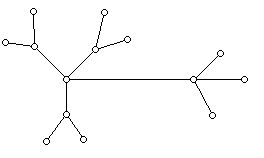
-map which can be face-coloured with exactly two colours.
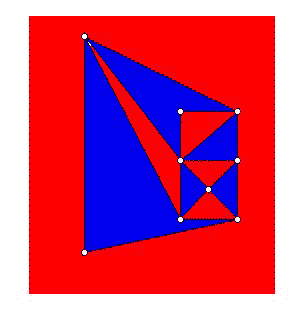
-map which can be face-coloured with three colours.
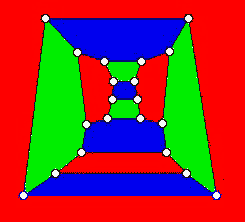
-map which can be face-coloured with exactly four colours.
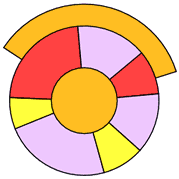
-map which can be coloured with four but can't be coloured with three colours.
The Four Colour Conjecture was first stated just over 150 years ago, and finally proved conclusively in 1976.
The conjecture that any map could be coloured using only four colours first appeared in a letter from Augustus De Morgan (1806-1871) to his friend William Rowan Hamilton (1805-1865) the famous Irish mathematician in 1852. It had been suggested to De Morgan by one of his students, Frederik Guthrie.
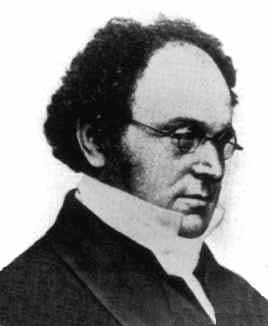
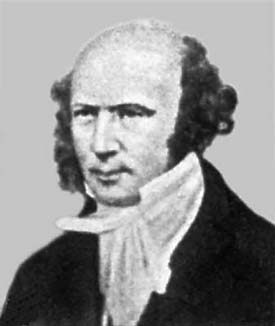
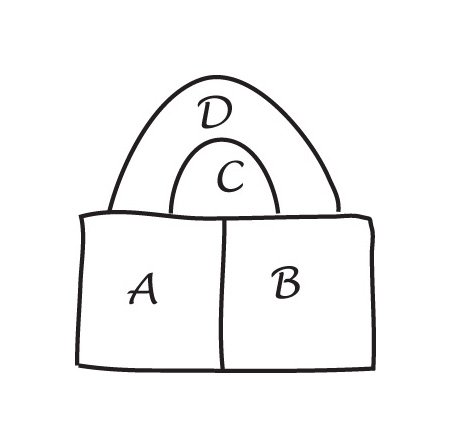
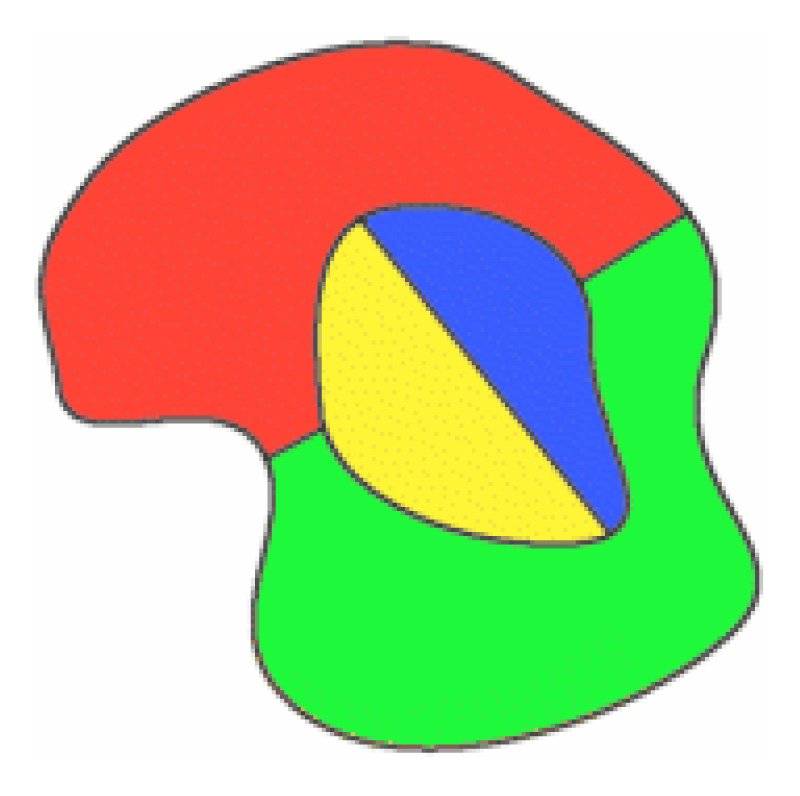
After collaborating with John Koch on the problem of reducibility, in 1976 at the University of Illinois, Kenneth Appel and Wolfgang Haken eventually reduced the testing problem to an unavoidable set with 1,936 configurations, and a complete solution to the Four Colour Conjecture was achieved. This problem of checking the reducibility of the maps one by one was double checked with different programs and different computers. Their proof showed that at least one map with the smallest possible number of regions requiring five colours cannot exist.
Graphs
If we place a vertex in the center of each region and then connect two vertices if their states share a border, we get a graph. Coloring regions on the map corresponds to coloring the vertices of the graph. Since neighboring regions cannot be colored the same, our graph cannot have vertices colored the same when those vertices are adjacent.
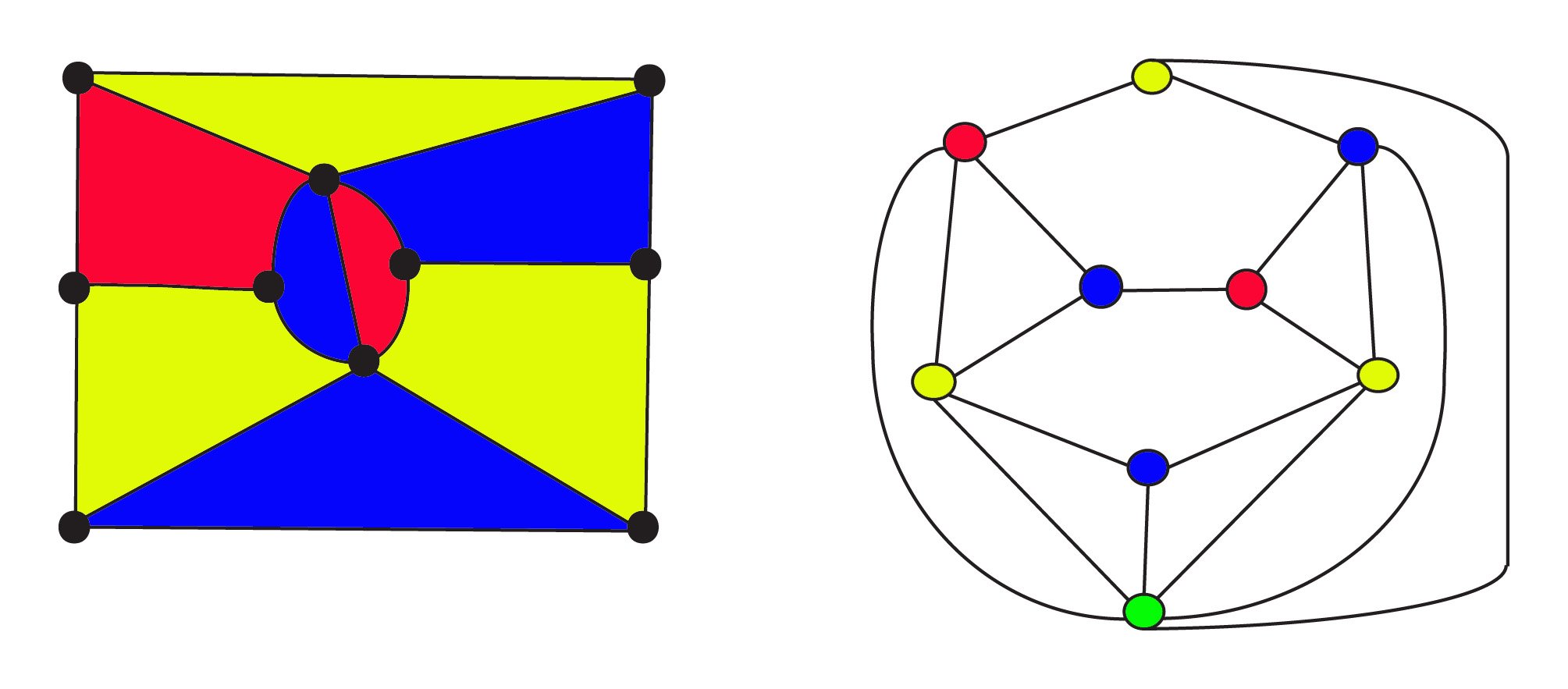
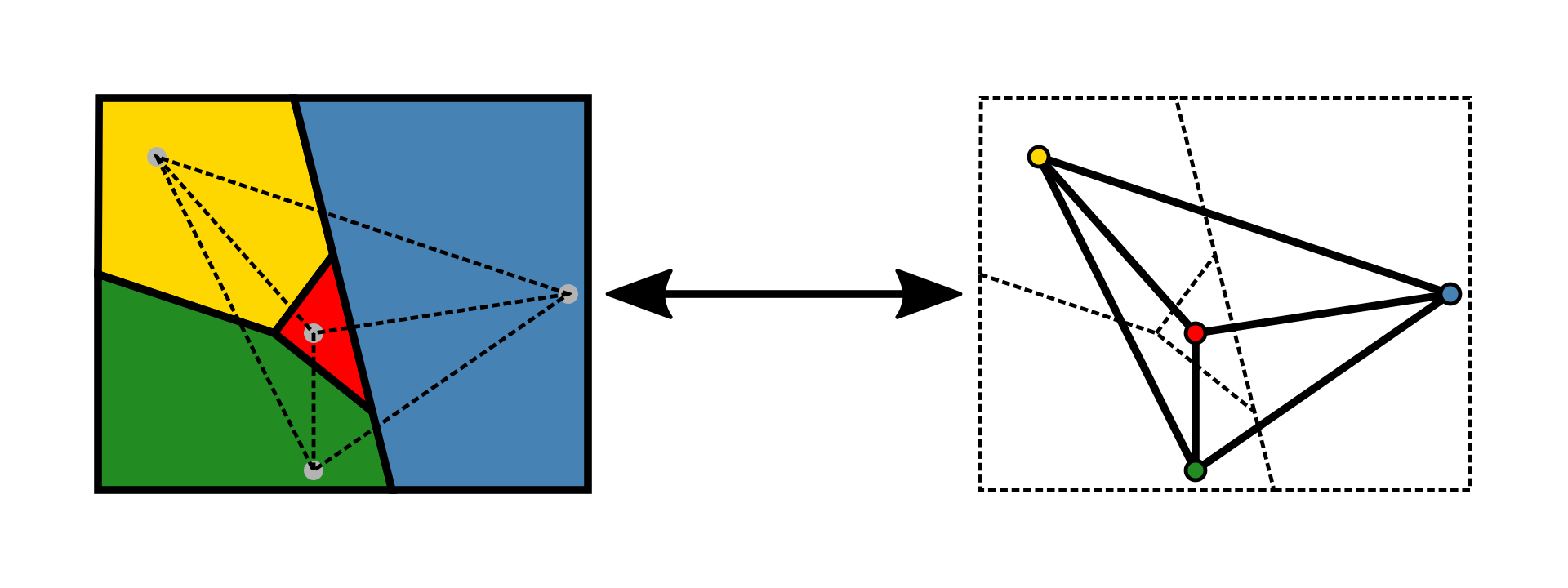
Usage of the problem
Basically any Constraint Satisfaction Problem of degree four or higher are essentially the four-color theorem:
Why is this problem so famous?
Short url: https://clilstore.eu/cs/7786